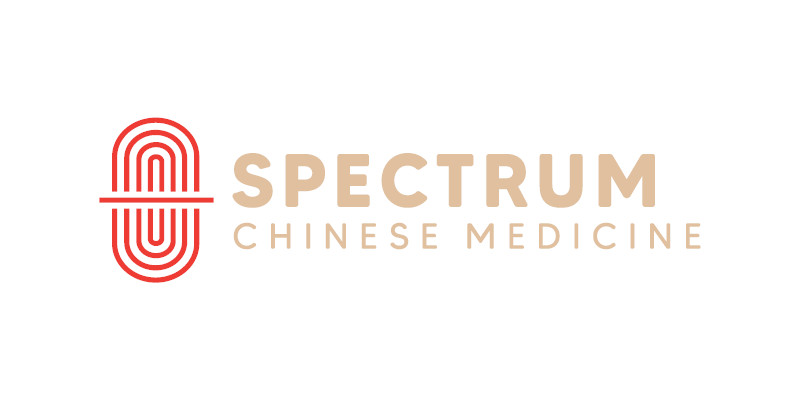How to Increase Milk Supply: Herbs and Foods For Increasing Your Breastmilk / Bodymilk
Here you’ll find my top five strategies to increase milk supply for chestfeeding parents of all genders. These tips apply regardless of if your baby is direct (body)-feeding or bottle-feeding your milk.
#1) Drink 3-4 Liters of Water/day
I know this sounds like an absurd amount, but breastmilk is about 90% water. And you still need water for your own body to function properly. Being dehydrated not only taxes your body’s ability to make milk, but studies show that it can also contribute to fatigue. Not something you likely want more of.
For both the bottle-feeding and direct (body)-feeding parents, put a full bottle of water at every place that you sit down to feed your babe. Having your own version of sippy-cup with a straw can make the actual drinking part a lot easier. If you’re on-the-go, take a bottle of water with you everywhere you go. And pre-measure so that you know how many of those bottles/day you need to drink to hit your 3-4 liter mark. For those who aren’t huge water fans, add some lemon, honey, coconut water, or electrolytes to your water.
Something to note: if you’re thirsty, your body is telling you that you’re already dehydrated. If your pee is any darker than a light yellow, you’re dehydrated. Time to get that water bottle!
#2) Reduce Stress
Thousands of years of Chinese Medicine wisdom and clinical experience show us that reducing stress and facilitating the freeflow of Qi in the body generally, and in the chest in particular, has positive impacts on milk supply.
I understand (from first hand and client experiences) that this is easy to say and hard to do. Unlike the pre-baby days when stress relief options and decompression time were more accessible, you may need to get creative here. (Check out How to Prevent or Ease Postpartum Depression Naturally for some practical strategies to free yourself up for more rest and relaxation).
Some scientific studies show that stress, particularly in the time in which lactation is being established, does negatively impact milk supply. Though the impact of stress upon milk supply after the initial weeks of chestfeeding is inconclusive.
The good news is that according to a 2018 study by Hechler, et al, cortisol levels in breastmilk is in no way correlated with how fussy your baby is, or how much they cry. One less thing to worry about.
One way to reduce stress postpartum that doesn’t take any time is to put a phototherapy patch called “Aeon” right behind your lower earlobe or in-between your eyes (I personally like that look). You can find that patch, here. Try for 10 days initially and change every 36 hours.
#3) Eat Enough. And Eat Blood-Building Foods.
Making milk is a calorie and nutrient-demanding task! In order to have enough milk, you need to eat plenty of nutrient-dense food. Chestfeeding is not the time to be trying to influence your body size by restricting your food intake, especially if you are concerned about not having enough milk supply. You need to eat enough in order to make enough milk.
According to Chinese medicine, human milk is transformed from blood. So, in order to encourage supply, Chinese medicine teaches us to increase intake of blood-building foods, including:
- goji berries
- black beans (soaked overnight)
- stewed beef
- seaweed
- roasted beets
- spirulina and/or chlorella
- oatmeal
#4) Supplement With Fenugreek Seed
For generations, Fenugreek seed has been used cross-culturally as a galactagogue (a substance that increases milk supply). It is recognized by the La Leche League, Commission E, and other prominent herbalists as a highly-effective and safe way of increasing milk production.
Commission E recommends a daily dose of 6 grams (2 grams, 3x/day). As a side benefit, fenugreek may also help to decrease blood sugar and cholesterol levels.
#5) Empty Your Chest/Breast at Each Feed
This is particularly important during the first couple of weeks after your milk comes in, as this is the time that your body is learning how much milk your baby needs. Fully emptying, when you’re having concerns about your supply isn’t always an issue. However, for those who are having challenges around latch, and potentially needing to supplement with formula or another person’s bodymilk, it’s still quite important in these early days to fully empty the chest / breast so that your body knows to continuing producing.
How do you do this if you’re already having difficulties with latch or positioning? You could try a Haakaa non-electric pump on the opposite side to where the baby is feeding. You may also use an electric pump on either side that isn’t emptied.
Pumping and using a Haakaa while trying to work on a challenging latch and feeling concerned about milk supply can bring on quite a bit of stress. What is most important during this time is to reach out for support. Read more about ways to prevent or ease postpartum depression naturally here. Though you may not feel concerned about your mental health, these suggestions go a long way to help any postpartum parent.


